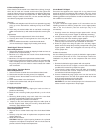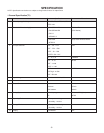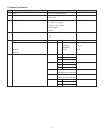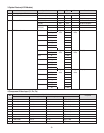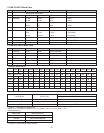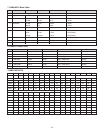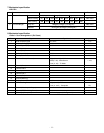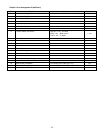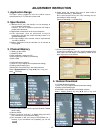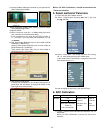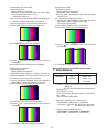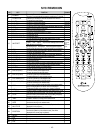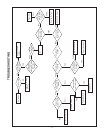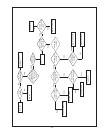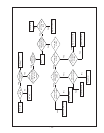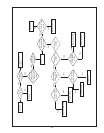
- 13 -
ADJUSTMENT INSTRUCTION
1. Application Range
This spec. sheet is applied to all of the LD61A chassis
manufactured at LG TV Plant all over the world.
2. Specification.
2.1 Because this is not a hot chassis, it is not necessary to
use an isolation transformer.
However, the use of isolation transformer will help to
protect test instruments
2.2 Adjustment must be done in the correct sequence.
2.3 The adjustment must be performed at 25±5°C
temperature and 65±10% relative humidity if there is no
specified designation.
2.4 The input voltage of the receiver must be kept between
100~220V, 50/60Hz.
2.5 Before adjustment, execute Heat-Run for 30 minutes at
RF no signal.
3. Channel Memory
3.1 Setting up the LGIDS
1) Install the LGIDS
2) After installation, restart your PC.
3) Extract [files.zip] to folder [c:\LGIDS\files]
4) Start LGIDS.
3.2 Channel memory method
1) Press TILT key in Adjust remocon(Automatic setting).
2) Setting up like bottom figure
(Confirmation: Press ADJ Key in the Adjust remocon.
Select "System Control" by using ▲/▼ (CH+/-) key, and
press
(ENTER))
3) Connect RS232 cable .(Use the general RS-232C Twisted
Serial Cable).
4) Operate LGIDS
5) Select "Hurricane" and "ALL" on Model dialog and check
your connection in Communication dialog.
(If your connection is ‘NG’, then set your PORT(COM1,2,3,…)
correctly. If your connection has completed, you can see
)
6) Select proper CH_memory file(*.nvm) for each model at
[Channel Download] => [Write Batch].
Next, select proper binary file(*.bin) including the CH
information for each model at
[Channel Download] => [NVRAM File].
7) Click the [Download] button.
It means the completion of the CH memory download if all
items show 'OK' and Status is changed by 'PASS' at the
lower right corner of the window
4. Hudson Download
4.1 Hudson Download method
1) Press TILT key in Adjust remocon(Automatic setting).
2) Setting up like bottom figure
(Confirmation: Press ADJ Key in the Adjust remocon.
Select "System Control" by using ▲/▼ (CH+/-) key, and
press
(ENTER))
Ready



